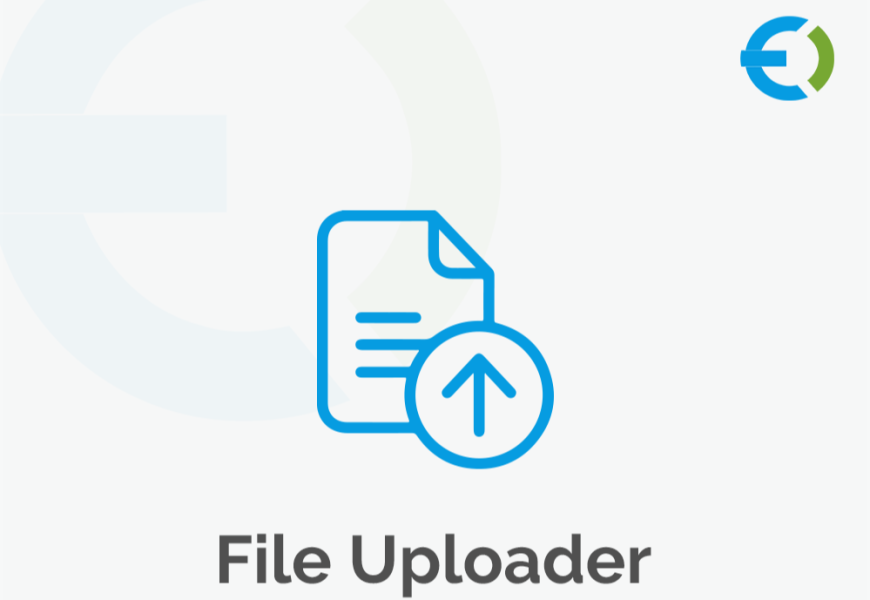Managing an online store efficiently is vital for success, especially when it comes to handling large inventories. One of the best ways to manage your product listings is through WooCommerce CSV upload. This method simplifies the process of importing and exporting products, allowing you to handle bulk data easily without the need for manual entry.
In this article, we will explore how to effectively use CSV files for managing WooCommerce products, the benefits of using a WooCommerce file upload plugin, and tips to streamline the process. By the end, you will have a comprehensive understanding of how to import and export products in your WooCommerce store, enhancing your operational efficiency.
1. Understanding WooCommerce and CSV Files
WooCommerce is a popular WordPress plugin that allows users to create and manage online stores with ease. One of its most powerful features is the ability to import and export product data using CSV (Comma Separated Values) files.
CSV files are simple text files that contain data organized in a tabular format, making them an ideal choice for bulk product management. This functionality is especially useful for store owners with large inventories or those who frequently update their product listings.
2. Benefits of Using CSV for Product Management
2.1 Bulk Data Management
Using WooCommerce CSV upload allows you to manage large volumes of product data efficiently. Instead of adding or editing each product individually, you can make changes to a CSV file and upload it all at once.
2.2 Time-Saving
The process of importing and exporting products via CSV saves you significant time. Instead of navigating through multiple product pages, you can make changes in a spreadsheet and upload it directly to your store.
2.3 Error Reduction
Manual data entry can lead to errors, which can affect your inventory management and customer experience. By using CSV files, you minimize the chances of human error. You can also validate and clean your data before uploading.
2.4 Easy Data Backup
Exporting your products to a CSV file serves as a backup of your inventory data. In case of an issue, you can easily restore your product listings without having to re-enter everything manually.
3. Preparing Your CSV File for WooCommerce
Before importing products into WooCommerce, you must prepare your CSV file correctly. Here are the steps to ensure that your CSV file meets the requirements:
3.1 Use the Right Structure
WooCommerce requires a specific structure for the CSV file, including headers for each column. Common headers include:
- ID: Unique identifier for each product
- Type: Product type (simple, variable, etc.)
- SKU: Stock Keeping Unit
- Name: Product name
- Published: Status of the product (1 for published, 0 for draft)
- Is Featured?: Indicates if the product is featured (1 for yes, 0 for no)
- Visibility in Catalog: How the product appears in your store
- Description: Detailed product description
- Price: Regular price of the product
3.2 Ensure Data Accuracy
Before uploading, make sure all the data in your CSV file is accurate. Double-check for typos, incorrect prices, or missing information. This step will save you time and potential headaches after the upload.
3.3 Save in the Correct Format
When saving your file, ensure it’s in the correct CSV format. Most spreadsheet software (like Microsoft Excel or Google Sheets) provides an option to save or export files as CSV.
4. How to Import Products into WooCommerce Using CSV
Once your CSV file is ready, follow these steps to import products into your WooCommerce store:
Step 1: Log in to Your WordPress Admin Dashboard
Access your WordPress admin area where WooCommerce is installed.
Step 2: Navigate to Products
In the dashboard menu, go to Products > All Products. Here you will see an option to import.
Step 3: Click on Import
Click on the Import button located at the top of the page. This will take you to the import screen.
Step 4: Upload Your CSV File
On the import screen, click Choose File and select the CSV file you prepared earlier. After selecting the file, click on Continue.
Step 5: Map Your CSV Columns
WooCommerce will attempt to automatically map the columns in your CSV file to the appropriate product fields. Review these mappings to ensure they are correct. You can adjust any mismapped fields if necessary.
Step 6: Import Products
Once everything is mapped correctly, click on the Run the Importer button. The system will begin importing your products. You will see a progress indicator, and upon completion, you’ll receive a summary of the imported products.
5. How to Export Products from WooCommerce Using CSV
Exporting products from WooCommerce is just as straightforward as importing. Here’s how to do it:
Step 1: Log in to Your WordPress Admin Dashboard
Again, access your WordPress admin area where WooCommerce is installed.
Step 2: Navigate to Products
Go to Products > All Products in the dashboard menu.
Step 3: Click on Export
At the top of the products page, click on the Export button.
Step 4: Select Export Options
You’ll see options to customize your export:
- Product Types: Choose which types of products to export (e.g., simple, variable).
- Categories: Select specific product categories if you want to filter your export.
- Columns: Decide which columns you want to include in the exported CSV file.
Step 5: Download the CSV File
After configuring your options, click on the Generate CSV button. Your browser will download the CSV file containing your product data.
6. The Role of WooCommerce File Upload Plugins
While WooCommerce provides built-in functionality for importing and exporting products using CSV files, a WooCommerce file upload plugin can enhance these capabilities significantly. Here’s how:
Streamlined Process
Plugins can simplify the process of uploading CSV files by providing additional features and user-friendly interfaces. This can be particularly useful for beginners who may find the built-in options a bit overwhelming.
Advanced Import/Export Features
Many file upload plugins offer advanced options for importing and exporting products, such as:
- Scheduled Imports/Exports: Automate the process of uploading and downloading product data.
- Error Handling: Get detailed error messages and troubleshooting tips during the import/export process.
- Custom Field Mapping: Easily map custom fields to WooCommerce product fields.
Example Plugins
One highly recommended plugin for file uploads is Extendons WooCommerce Import Export. This plugin provides a user-friendly interface and advanced features that simplify the import/export process.
7. Common Issues and How to Troubleshoot
While the process of importing and exporting products using CSV files is generally straightforward, you may encounter some issues. Here are some common problems and their solutions:
Issue 1: Products Not Importing Correctly
If your products are not importing correctly, check the following:
- CSV Format: Ensure your CSV file adheres to WooCommerce’s required format.
- Mapping Errors: Review the column mappings during the import process to ensure they are correct.
- Data Accuracy: Check for typos, missing values, or incorrect data types in your CSV file.
Issue 2: Missing Product Images
If images are not appearing after import, ensure:
- Images are correctly linked in your CSV file using the appropriate URL.
- The images are accessible and hosted on your server or a reliable external server.
Issue 3: Slow Import/Export Process
If the import/export process is slow, consider the following:
- File Size: Large CSV files may take longer to process. Try breaking them into smaller files if necessary.
- Server Performance: Ensure your hosting environment can handle the import/export tasks. A faster server may improve performance.
Also, check out the useful insight about the mix and match woocommerce to enhance your store’s shopping experience!
8. FAQs
1. What is a WooCommerce CSV upload?
A WooCommerce CSV upload refers to the process of importing products into your WooCommerce store using a CSV file. This allows you to manage large inventories more efficiently.
2. Can I export my WooCommerce products as CSV?
Yes, you can easily export your WooCommerce products as CSV files using the built-in export functionality in the WooCommerce dashboard.
3. Do I need a plugin for CSV imports and exports?
While WooCommerce has built-in import/export functionality, a WooCommerce file upload plugin can enhance the experience by providing advanced features and easier management.
4. How do I prepare my CSV file for import?
Make sure your CSV file has the correct structure with appropriate headers, ensure data accuracy, and save it in the correct CSV format.
5. What should I do if my import fails?
Check your CSV file for formatting issues, verify that all required fields are filled out correctly, and ensure that your file adheres to WooCommerce’s requirements.
Conclusion
Using WooCommerce CSV upload is a highly effective way to manage your product listings, allowing for quick and efficient bulk updates. Whether you’re importing new products or exporting existing data, this method can save you significant time and effort.
By leveraging a WooCommerce file upload plugin like Extendons, you can further streamline your import/export processes, making it easier to manage your online store’s inventory. With the right preparation and tools, handling product data in WooCommerce can be a seamless experience.











